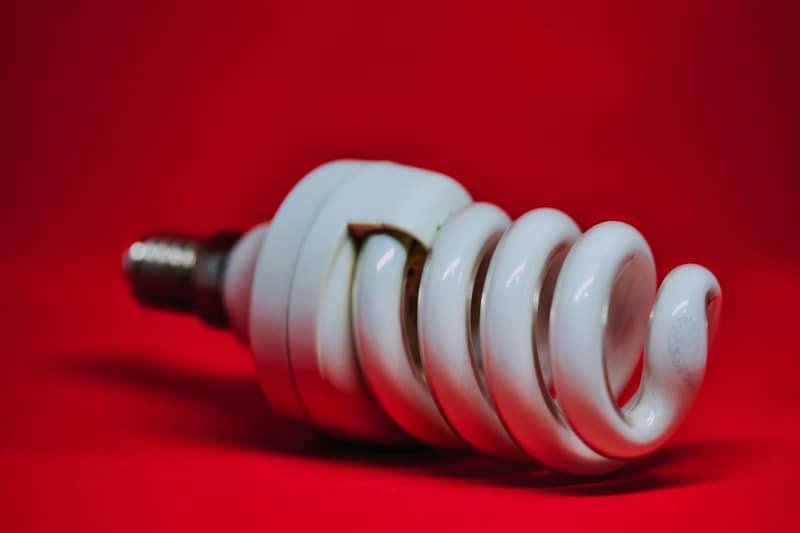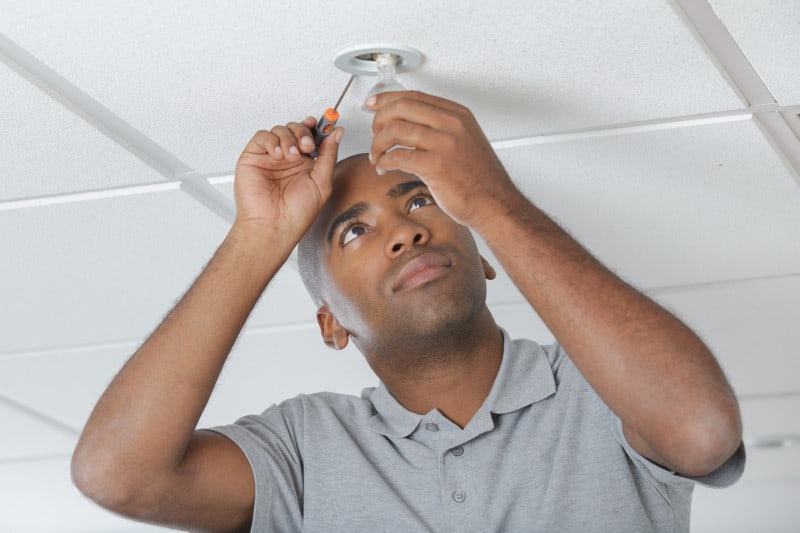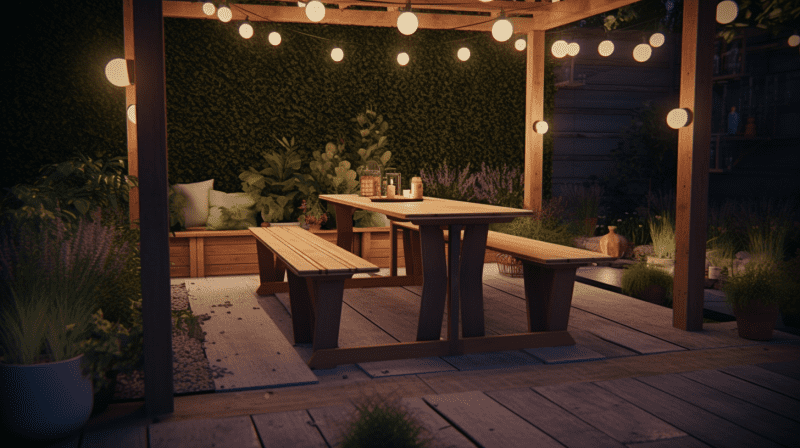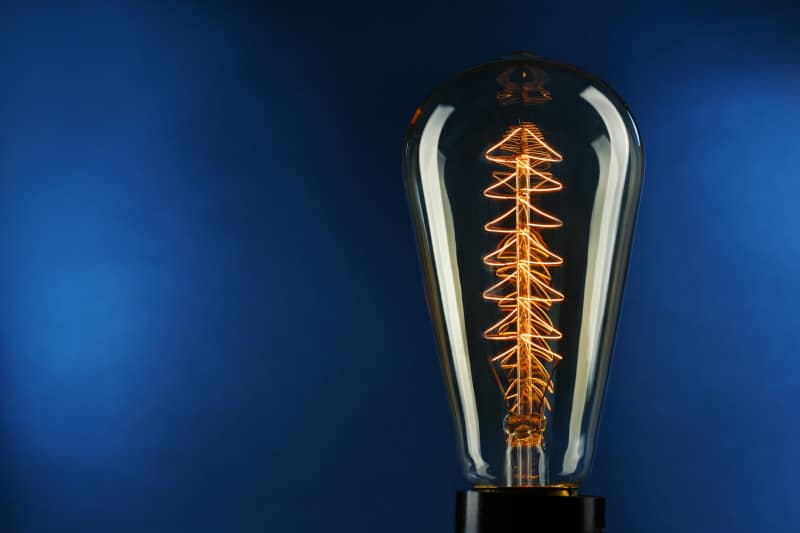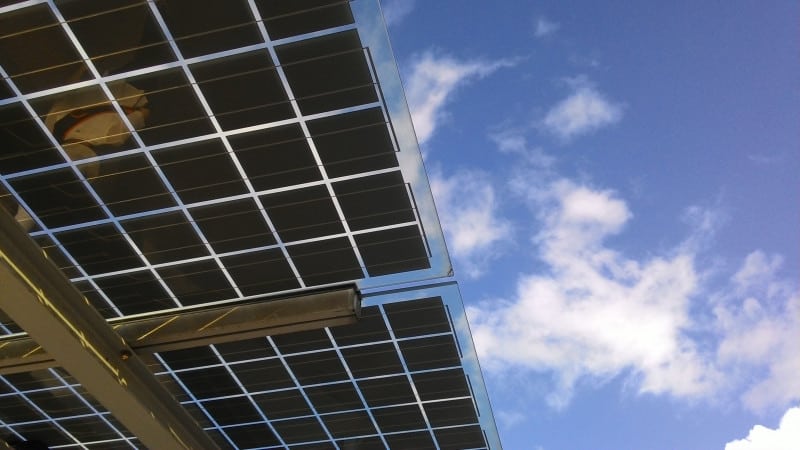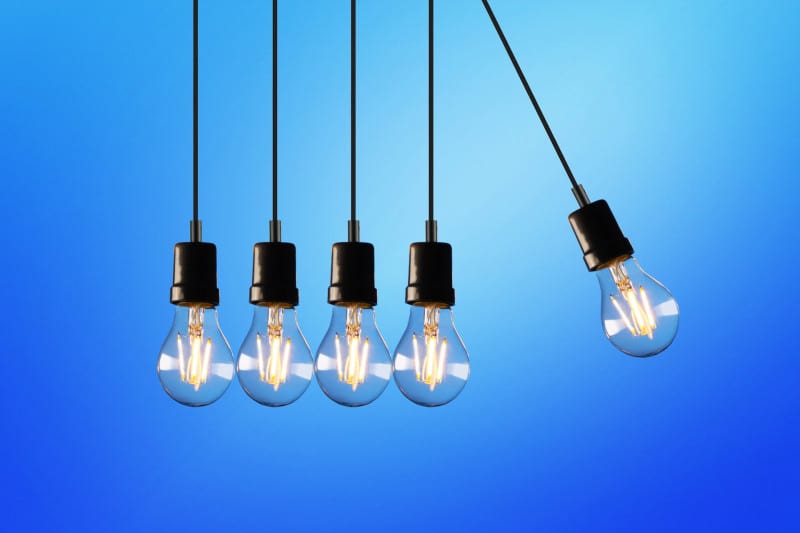Pros & Cons of Energy Saving Bulbs
As we become more conscious of our impact on the environment, finding ways to reduce our carbon footprint has become increasingly important.
One way we can do this is by using energy-saving light bulbs.
This sounds great, but what exactly are the major pros and cons of energy saving bulbs?
After doing some extensive research, here’s what I found:
Energy-saving light bulbs are cost-effective, last longer, and reduce carbon emissions. However, they can be more expensive to purchase initially, they contain small amounts of mercury, and some people find the light they produce to be harsh.
It’s important to consider both pros and cons when making any big decision, like switching out your current lighting system.
Keep reading to learn more about the potential benefits and drawbacks of using energy saving light bulbs in your home or business space.
With this information, you’ll be able to decide whether energy saving bulbs are right for you.
Pros of Energy Saving Light Bulbs
If you’re wondering whether energy-saving light bulbs are worth the investment, let me tell you, they absolutely are!
One of the biggest pros of using energy-saving bulbs is their cost-effectiveness.
These bulbs use up to 80% less energy than traditional incandescent bulbs, which means you can save a significant amount on your energy bill each month.
Another advantage is how long these bulbs last.
Energy-saving bulbs can last up to 25 times longer than incandescent bulbs, which means you won’t have to replace them as frequently.
That’s a win-win situation: you save money and don’t have to worry about constantly changing bulbs!
But it’s not just about saving money.
Energy-saving bulbs are also environmentally friendly.
They use less energy, which means less carbon emissions are released into the atmosphere.
By switching to energy-saving bulbs, you’re making a positive impact on the environment.
Energy-saving bulbs are incredibly energy efficient.
They produce the same amount of light as incandescent bulbs but use much less energy to do so.
This means that you can have bright, well-lit rooms without using as much energy.
Cons of Energy Saving Light Bulbs
While energy-saving bulbs have many benefits, there are also some cons to consider before making the switch.
One of the most significant drawbacks is the initial cost of these bulbs.
Energy-saving bulbs are more expensive to purchase than traditional incandescent bulbs.
However, it’s important to remember that these bulbs can last much longer, which can save you money in the long run.
Another thing to consider is the small amount of mercury contained in some energy-saving bulbs.
While the amount is small, it’s still important to handle these bulbs with care and dispose of them properly to avoid any potential health risks.
Some people find the light produced by energy-saving bulbs to be harsh or unflattering.
This can be a matter of personal preference, but it’s worth considering if you’re someone who is sensitive to the quality of light.
Also, there are concerns about how to dispose of energy-saving bulbs.
They cannot be thrown away like regular household waste, and you should instead recycle them properly to prevent the release of toxic chemicals.
Overall, while there are some cons to consider when it comes to energy-saving bulbs, many of these concerns can be addressed with proper handling and disposal.
Comparison to Traditional Incandescent Bulbs
Efficiency and energy savings are perhaps the biggest advantage of energy-saving bulbs over traditional incandescent bulbs.
Energy-saving bulbs use up to 80% less energy to produce the same amount of light as incandescent bulbs, which can translate to significant cost savings on your energy bill.
When it comes to safety and environmental impact, energy-saving bulbs are the clear winner.
They contain much less mercury than incandescent bulbs and produce fewer carbon emissions, making them safer for both people and the planet.
One potential downside to energy-saving bulbs is the quality of light they produce.
Some people find the light to be harsh or unflattering, but with advancements in technology, there are now many options available that produce warm, natural light.
When it comes to performance, energy-saving bulbs are often just as good, if not better, than incandescent bulbs.
They are available in a variety of brightness levels and color temperatures, making them suitable for a wide range of applications.
Overall, while energy-saving bulbs may have a higher upfront cost than traditional incandescent bulbs, their efficiency, lifespan, safety, and environmental impact make them a smart investment for both your wallet and the planet.
Conclusion
We’ve explored the pros and cons of energy-saving bulbs, and it’s clear that there are many benefits to making the switch.
From cost-effectiveness to environmental friendliness, energy-saving bulbs can have a positive impact on your wallet and the planet.
However, it’s important to consider the potential downsides as well.
The initial cost, mercury content, and harsh light are all factors that may give some people pause.
It’s important to handle and dispose of these bulbs properly to avoid any potential health risks.
All in all, I believe that the pros of energy-saving bulbs outweigh the cons.
With proper handling and disposal, energy-saving bulbs can be a safe and effective way to save money and reduce your environmental impact.
Plus, with advancements in technology, there are now a wide variety of energy-saving bulbs available that can meet your specific lighting needs.
So, if you’re looking to make a positive change for your wallet and the planet, consider making the switch to energy-saving bulbs.
You won’t regret it!

